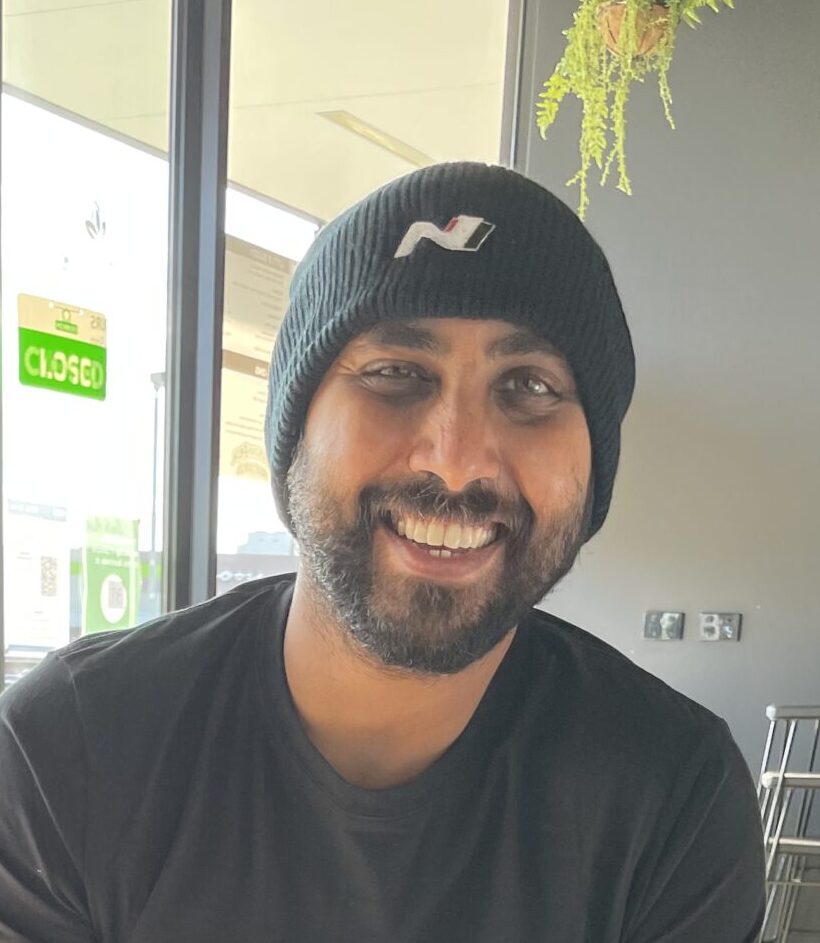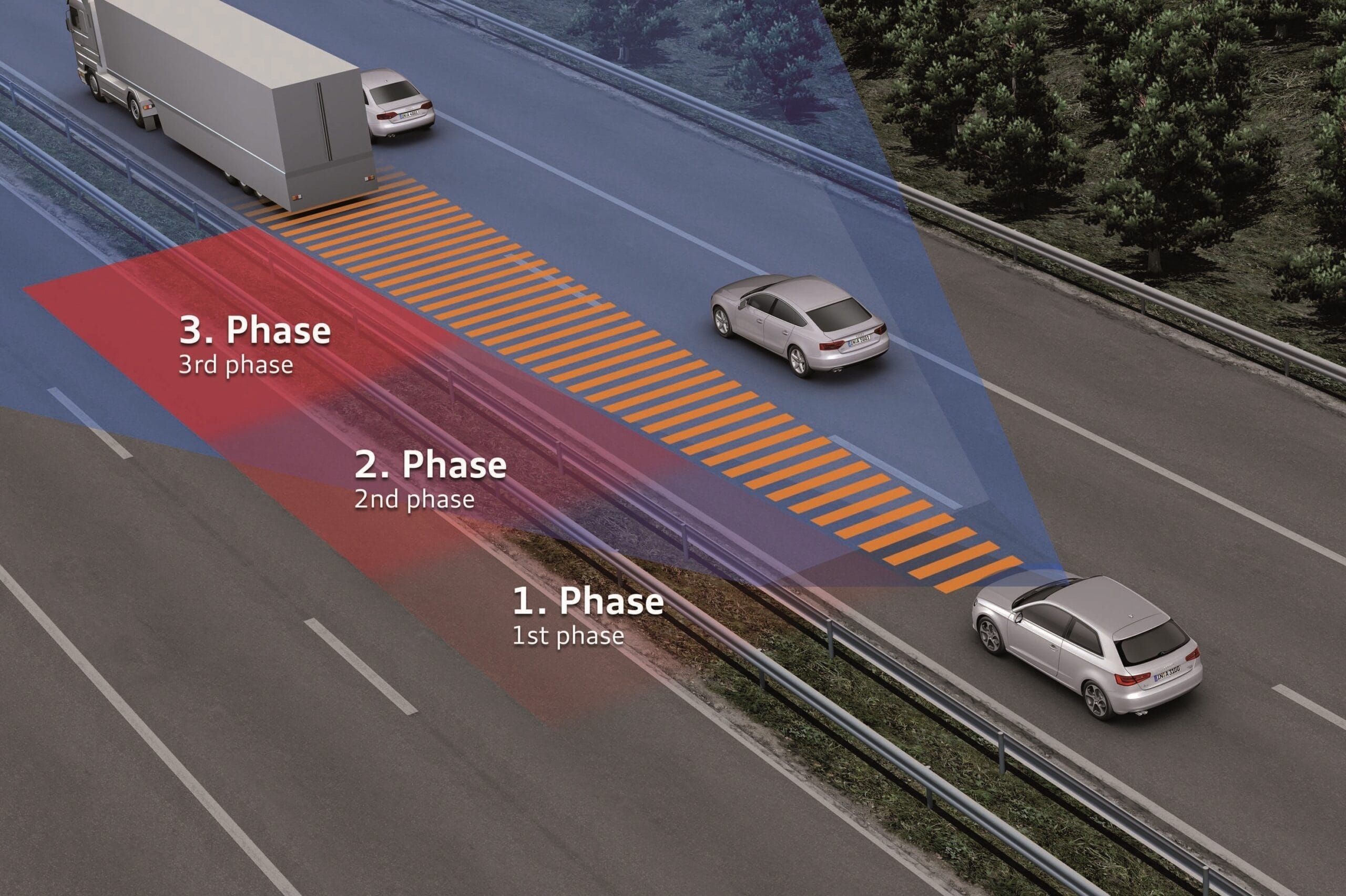Radar sensors are the eyes of many advanced driver assistance systems, including adaptive cruise control, forward collision warning and blind spot monitoring. If a radar isn’t calibrated correctly after repairs, these safety features may not function properly.
Use these best practices when calibrating radar sensors:
- Read the vehicle manufacturer’s service information and understand the type of radar and required calibration method. Different vehicles use different procedures.
- Check the mounting bracket and surrounding bumper for damage or misalignment. The AAAA ADAS Industry Code of Conduct warns against plastic repairs within 25 centimetres of radar sensors and limits paint thickness to 150 microns.
- Work on a level surface and confirm that the vehicle sits at the correct ride height. Make sure tyres are properly inflated and the boot and cabin are unloaded, unless the procedure requires weights.
- Use the correct radar calibration targets, reflectors or plates supplied by your equipment vendor. Align them precisely using a laser, plumb bob or tape measure as specified.
- Follow the appropriate calibration method – static, dynamic or a combination. Some vehicles require a stationary setup, while others need a road test at specific speeds.
- Remove metal objects, tools and other sources of interference from the calibration area. A clear space helps the radar lock on to the target.
- Clean the radar lens and ensure the bumper cover is free of dirt, ice or excessive paint. Replace any damaged or non-OEM covers.
- After calibration, test drive the vehicle to confirm adaptive cruise control, automatic emergency braking and other radar-driven features work correctly.
- Document the calibration process, including the equipment used, measurements taken and results achieved. Keep records for quality assurance and to comply with the AAAA Code.
Following these best practices will help you perform accurate radar calibrations, ensuring that safety systems function as the manufacturer intended. For more technician-friendly guides and checklists, explore the Calibration Club.

Hiran Alwis is an automotive lecturer and ADAS specialist with over 15 years of experience in diagnostics, advanced safety systems, and technical training. He founded ADAS Project to help everyday drivers and workshop technicians understand and safely use advanced driver assistance systems.

